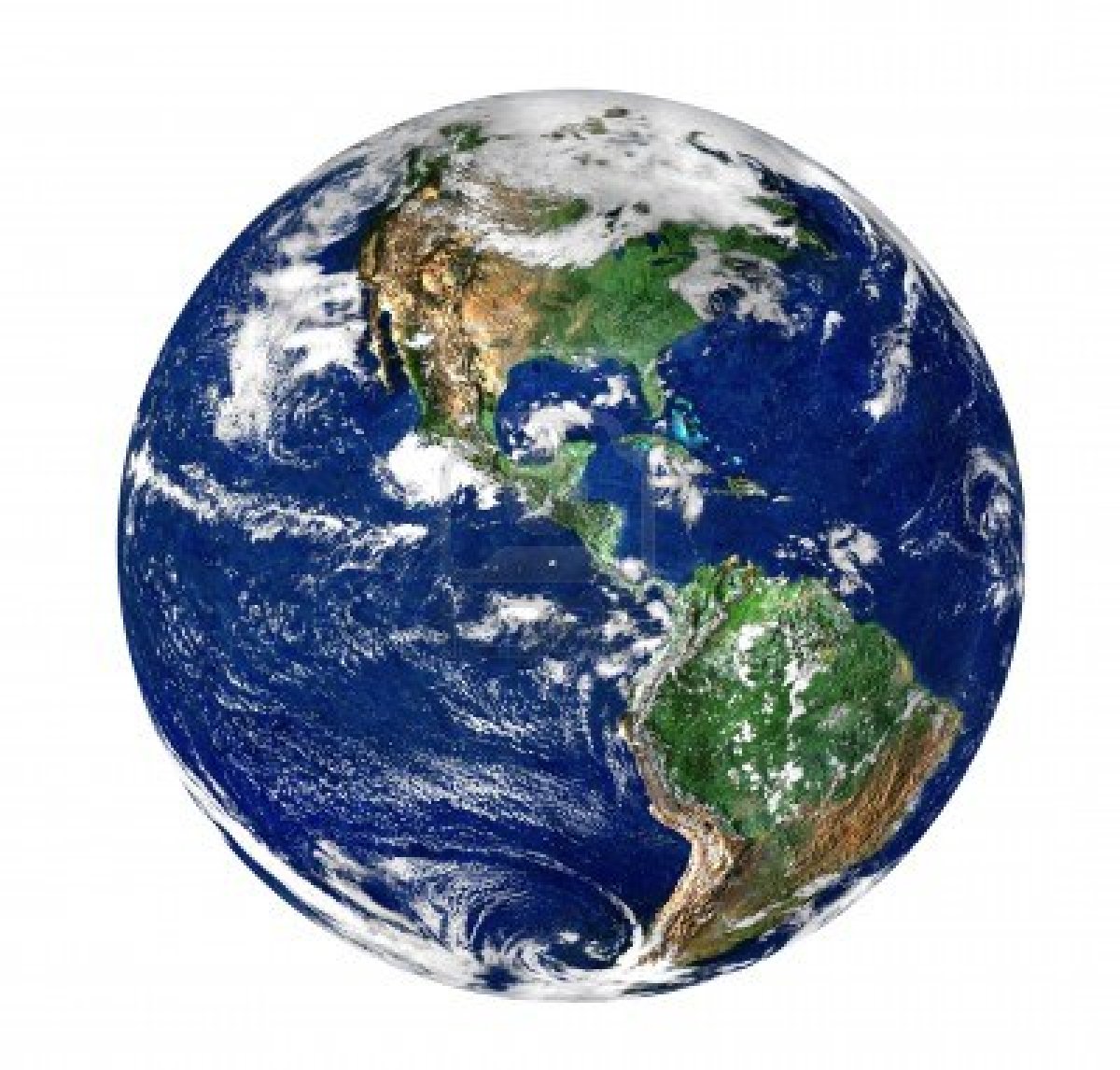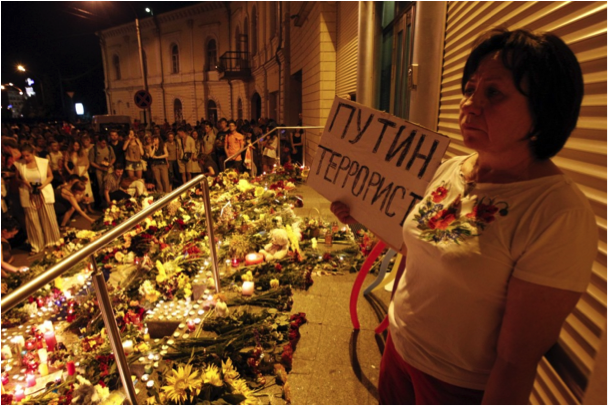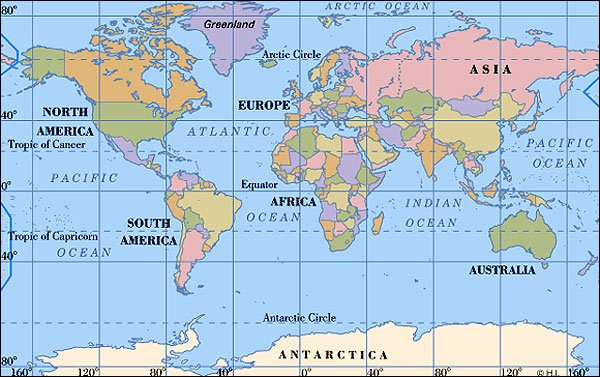In the first-part of this series, the idea of NATO maintaining its Atlantic emphasis, whether centering it mainly in Europe or as it currently stands, was explored. This second segment will explore the concept of an expanded NATO alliance, one which would include members from around the globe, beyond both North America and Europe. Such an Alliance is a far off image from what NATO started as over sixty-years ago. However, it could be the best and most expedient way in which to increase the security of all of the current members while broadening the horizons and impact of the Alliance globally.
The Global Alliance
The idea of a ‘global NATO’ carries the appeal of rebranding an organization that many claim to be a relic of the Cold War into a modern institution of global stability. The central premise of any proposal for a ‘global NATO’ is to open up membership to non-European countries, such as Japan, New Zealand, South Korea, or Australia. In some more imaginative scenarios, candidates such as Brazil or India have been suggested. The thrust of this argument, as Mark Medish has said, is that in order to understand and respond to threats around the world, a diversified membership base is necessary. Broader imaginings of a global NATO have been encapsulated in proposals such as those made by John McCain during the 2008 American Presidential election. In order to deal with the perceived threat of Iranian nuclear power, he suggested the creation of a global ‘league of democracies,’ which he believed had naturally shared interests. The US could use the skeleton of NATO as a way in which to work towards shared goals.
[captionpix align=”left” theme=”elegant” width=”475″ imgsrc=”http://natoassociation.ca/wp-content/uploads/2013/08/globalnato2.jpg” captiontext=””]
Building an alliance with global membership which, unlike the United Nations, has a manifest ability to protect its members’ territorial integrity has a number of advantages. As noted, the entrance of new members, particularly from the Global South, would change the image of the Alliance. It could no longer be by definition the alliance of wealthier countries with largely homogenised cultural populations in the Global North. New non-Euro-American members would increase not only the geo-strategic capabilities of the Alliance in material terms, but in socio-cultural ones as well. A newer, more approachable image for the Alliance would be paired with new perspectives, understandings, and connections. This could lead to improvements in cross-cultural communication with non-Western states, and by extension provide increased security for its members.
As NATO’s 2004 expansion demonstrated, opening up membership is not always easy. Increases in membership have led some to question the overall viability of such a far-flung connection of states. Of course, some countries bring not only their assets into the Alliance, but also their problems, as the Baltic states of Latvia, Lithuania, and Estonia did vis-à-vis their historic grievances with Russia. If NATO were to expand to some of the countries mentioned, such as South Korea or Japan, the Alliance would suddenly formally become embroiled in disputes with potentially explosive consequences. As the case of Colombia voicing support for joining NATO showcases, even in regions with perceptibly fewer tensions than the Korean Peninsula, rearrangements of the balance of power can cause great consternation.
The deciding factor of any expansion of NATO in the future would rest heavily on the perceived cost-benefit analysis. The entrance of the many post-communist states in Eastern Europe into NATO was allowed on the basis that it would create a new security establishment in Europe – benefitting all parties through a shared place in that new order. New, diverse membership could also share in such a paradigm of mutually-assured protection, but an even broader, more transformative vision of shared, global responsibility would have to emerge within the Alliance first.
Where should NATO go?
Even those opposed to the idea of an expanded NATO cannot deny that the security of any is greatly impacted by that of the world around them. Whether NATO decides to maintain its transatlantic focus, either by shrinking or evening out membership responsibilities, or expanding globally, there are no easy answers as to where NATO should go; there are clear benefits to both. An expanded, diversely populated NATO has a claim to legitimacy that a solely Euro-centric Alliance does not. But a more diverse NATO means a more diverse array of problems within member-states, as well. If the Alliance were to shrink down and entirely conflate itself with the European Union, then a better defined security arrangement might exist, but also one with more limited resources. To say that one scenario is superior to the other is false: each instance of NATO has different things to offer its members. After a decade of conflict in Afghanistan, the time is ripe for the members of NATO and particularly the citizens to ask the question of what they want from the Alliance. They could decide any number of things, but it is of vital importance that they have the conversation.




